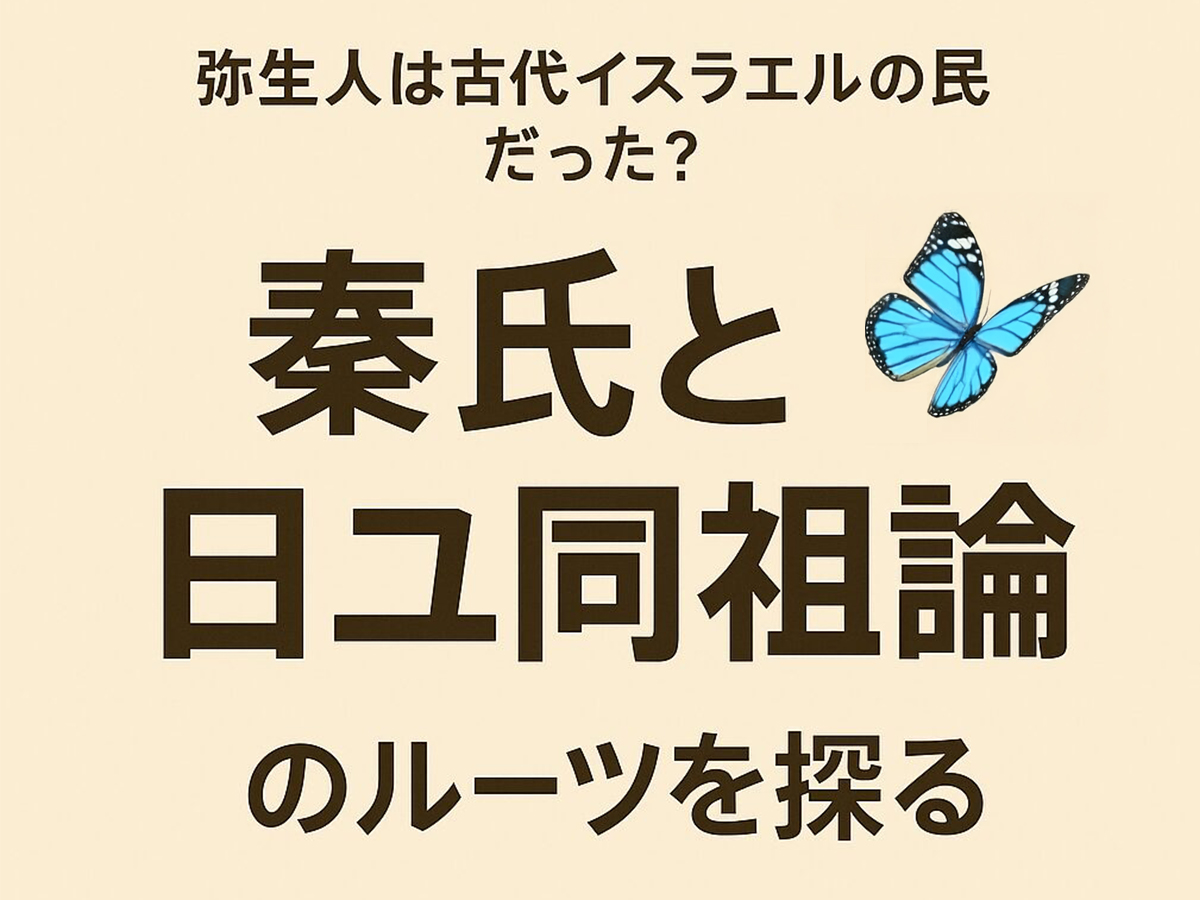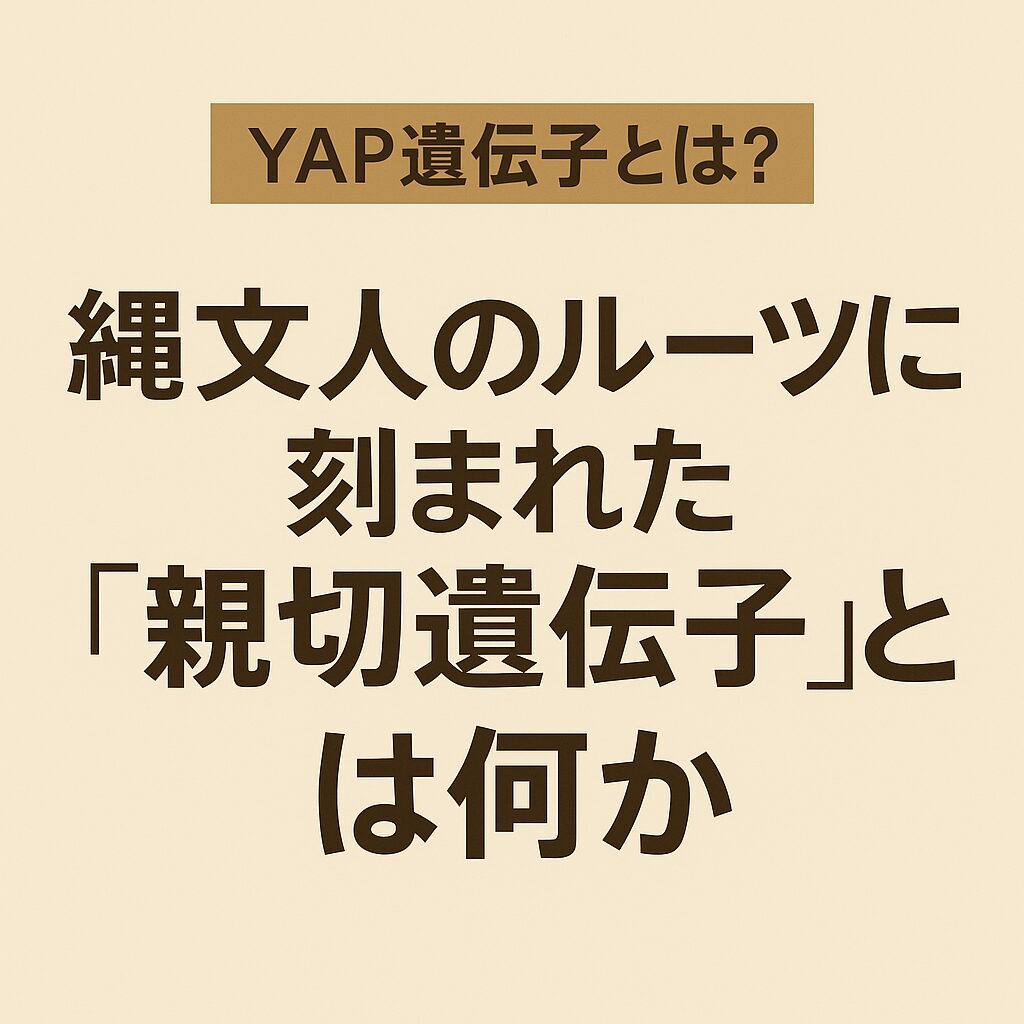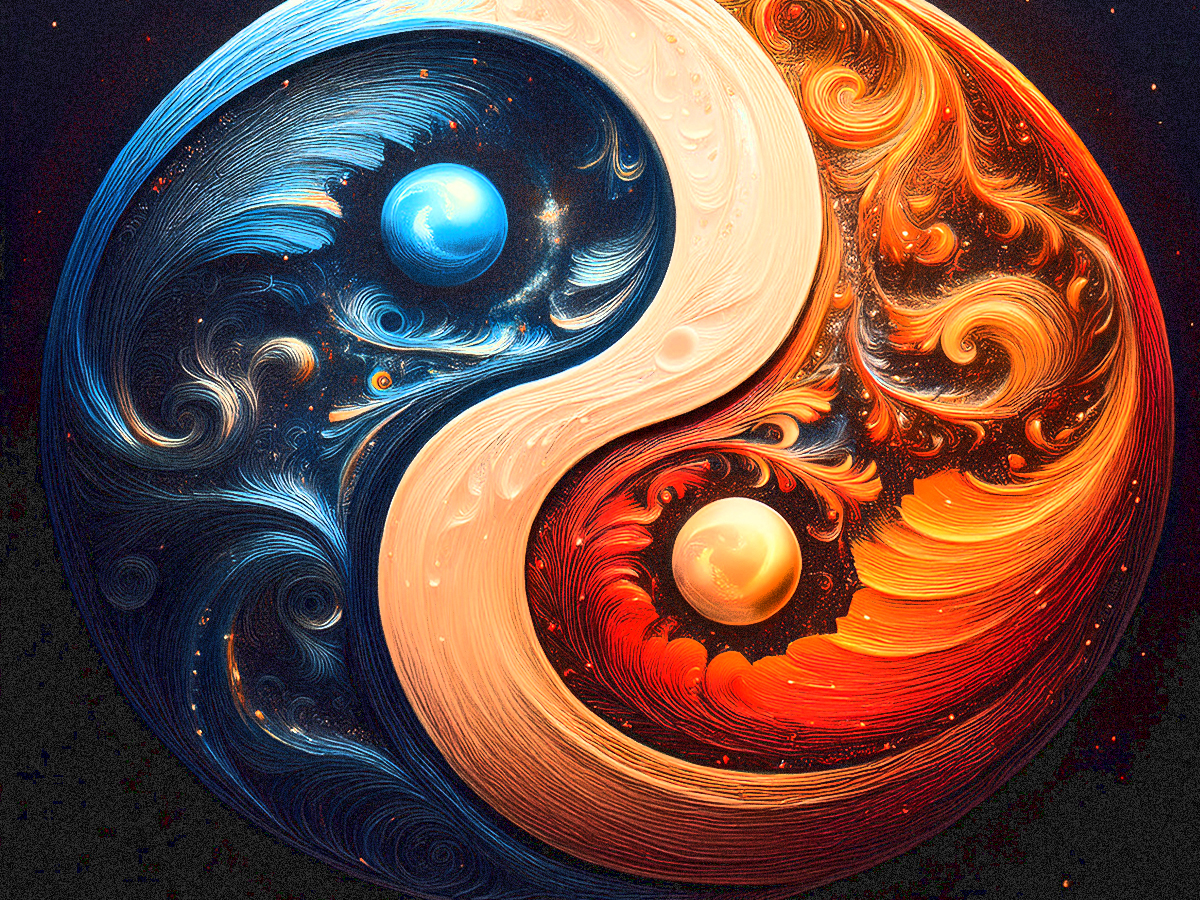It is widely known that the roots of us Japanese people lie in the intermingling of Jomon and Yayoi people. Within this understanding, a grand theory has recently been discussed among some researchers and history enthusiasts:
“Could some of the lost ten tribes of ancient Israel have been included among the Yayoi people?”
Were Yayoi People Ancient Jews?
According to this theory, among the people who migrated to the Japanese archipelago via the Korean Peninsula during the Yayoi period, there were descendants of the lost ten tribes who had dispersed from ancient Israel. It is believed that these ancient Jewish people, due to exile and migration, moved further and further east, eventually arriving in the Japanese archipelago.
Who Were the Mysterious Immigrants, the Hata Clan?
A key focus of this theory is the Hata clan (Hata-uji), a real immigrant clan that existed in ancient Japan. The Hata clan arrived in Japan via the Korean Peninsula around the 4th to 5th centuries. They brought with them technologies such as sericulture, weaving, finance, and civil engineering, contributing greatly to the development of ancient Japan.
According to tradition, they are said to be either “descendants of Qin Shi Huangdi” or “people with ancient Jewish blood.” Particularly intriguing is their purported involvement in Yatagarasu worship, Shinto rituals, and even elements of ancient secret societies.
Do Jomon People and Jews Share the Same Roots?
Further fueling this romantic notion is the following theory: “The ancient Jews, ancestors of the Hata clan, were actually part of the Jomon people who had traveled eastward via the Silk Road long, long ago.”
In other words:
Jomon people → Ancient Middle East (Judaism) → The Hata clan of the Yayoi period returning to Japan. This grand reverse-import flow is being discussed.
What Does Science Say?
While such theories are very appealing and stimulate the imagination, modern genetic research and archaeology have not yet yielded conclusive evidence. Scientific analyses involving the “YAP gene,” “Haplogroups D and O,” and “DNA haplogroups” have not, at present, confirmed a clear blood relationship between Japanese people and people from the Middle East or Israel.
Nevertheless, some argue that cultural, linguistic, and religious similarities (such as the torii gates of Shinto shrines and Jewish gates, and similarities between Shinto rituals and Jewish customs) can be seen in various places.
History is Romance; Whether You Believe is Up to You
How one interprets such theories is a personal matter. However, what is important is that “every root is a part of what shapes modern Japan.” Even if it remains in the realm of myth or hypothesis, our identity resides within the culture and bloodlines that our ancestors carefully preserved.
“Perhaps a soul from a distant land sleeps within me.”
Whatever your roots, they connect to who you are today. Let us be grateful for all our roots and cherish ourselves.



コメント